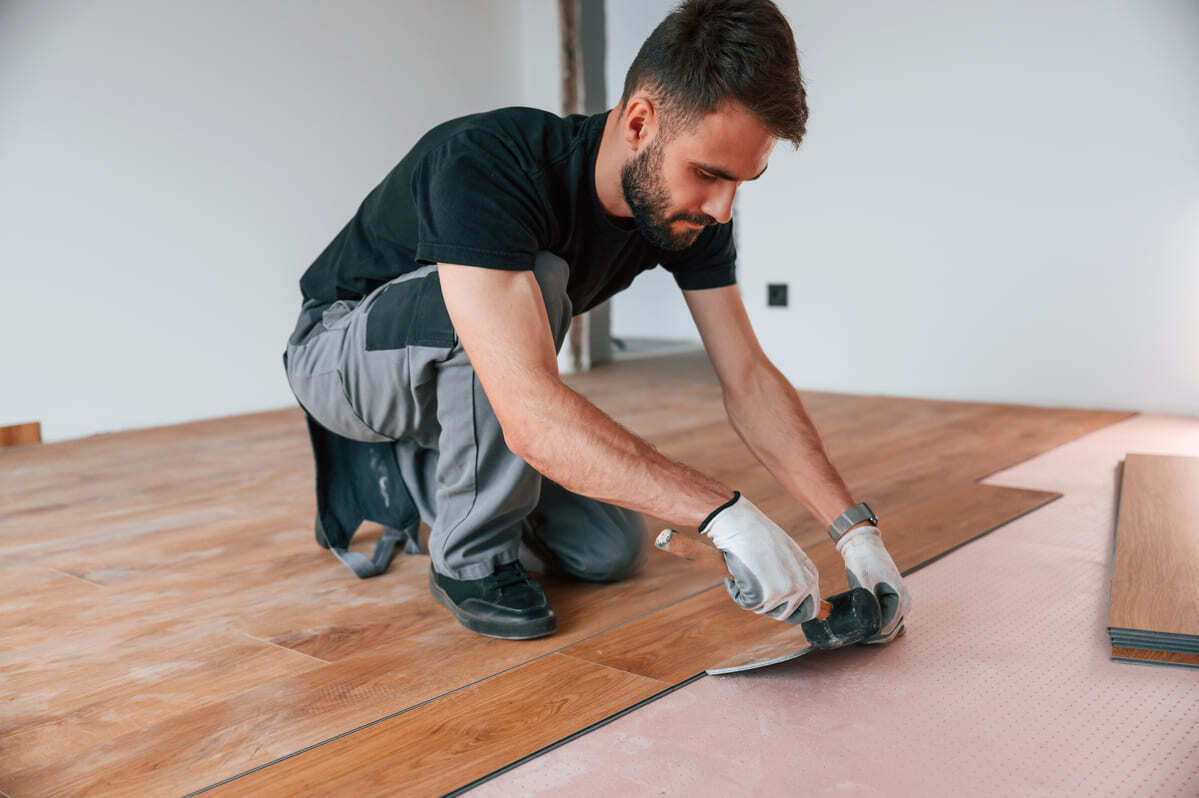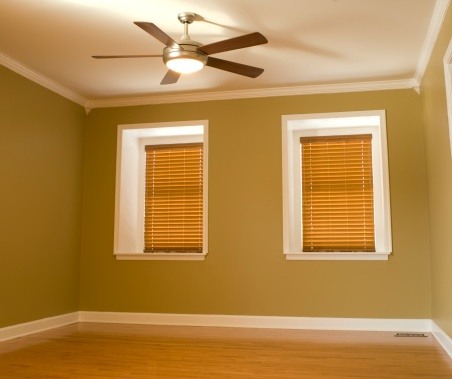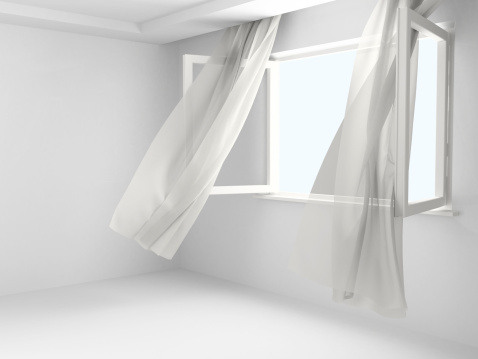 It's easy to understand why tile is the flooring of choice among many Californians. Tile is durable, water-resistant and simple to clean, making it a fine choice for kitchens, bathrooms, laundry rooms and entryways. And because so many Californians have extended their living space with outdoor patios and kitchens, tile has found its way outside, too.
It's easy to understand why tile is the flooring of choice among many Californians. Tile is durable, water-resistant and simple to clean, making it a fine choice for kitchens, bathrooms, laundry rooms and entryways. And because so many Californians have extended their living space with outdoor patios and kitchens, tile has found its way outside, too.
Of course, most of that gorgeous tile was installed a long time ago. When a new tiling project is on the horizon, something “funny” happens when some people lay eyes on the tile section of their favorite home improvement store. Like the finish on some ceramic tile, a glaze often forms – and not on the tile, but over their eyes.
It's easy to become confused over tile, so allow the flooring experts at Experts in Your Home to simplify the distinctions and point out some of the advantages and disadvantages of various tile. For starters, it helps to separate tile flooring into two basic categories – ceramic tile and natural stone tile – before evaluating the sub-categories.
Learn the Nitty-Gritty of Ceramic Tile
Clay, additives and water are formed into a mold to create ceramic tile. But this seemingly simple mixture is where ceramic often becomes confused with porcelain. They are not different types of tile; they are both ceramic tile. This said, ceramic tile falls into two sub-categories: non-porcelain and porcelain. The additives help explain the difference:
- Traditional ceramic tile is non-porcelain and consists of red or white clay, fired in a kiln.
- Porcelain ceramic tile is made with these materials as well, but feldspar is also a part of the mix. Feldspar is a type of crystal found in rock that melts into a glass-like substance and bonds the ingredients together.
Non-porcelain and porcelain ceramic tile may look similar, but the addition of the feldspar makes the latter much denser, less porous (stain resistant) and therefore much tougher. This is why you're more likely to see porcelain in commercial buildings; it's a smart choice for a floor that is going to sustain heavy foot traffic.
Non-porcelain and porcelain ceramic tile can be either unglazed or glazed, meaning that it can have a matte, semi-gloss or high-gloss finish.
So How do You Decide?
For many people, the choice between non-porcelain and porcelain ceramic tile often comes down to safety and affordability. Porcelain is a snap to mop, but it can be very slippery when wet – making it a poor choice for bathroom floors and, perhaps, for any room that draws small children or older people prone to falls. Relative to other types of tile, it also is expensive.
With its textured finish, non-porcelain ceramic tile is often a safer and more versatile choice. And since it's economical and offered in a wide variety of colors and patterns, it's a popular choice, too.
Look Beyond the Looks of Natural Stone Tile
Much less complex than ceramic tile, natural stone tile comes from natural materials found in a quarry. For home use, one of three finishes is usually applied: natural, polished or honed. There are thousands of varieties of natural stone, but five are most common:
- Granite is known for its richly speckled appearance and veining. Available in hundreds of colors, it is nearly impervious to damage and, once polished, it resists scratches, too. Granite is a smart choice for kitchens and other high-traffic areas.
- Limestone is an earthy looking rock available in light and dark colors. Less dense than granite, it is prone to staining and scratching and so is not well suited to high-traffic areas.
- Marble makes an impression with its with its rich veining on a surface that can be either textured or polished to a smooth finish. It is more porous than granite and so shouldn't be used in high-traffic areas unless it is sealed first – and then sealed regularly, too.
- Slate stands out because of its dark, earthy tones. Dense, durable and naturally textured, it makes a fine choice for high-traffic areas.
- Travertine, a type of limestone that looks crystallized, is a soft, porous stone that stains and scratches easily and so is not the best choice for high-traffic areas.
Let Us Help with New Flooring Installation
It could be that you now know more than you ever expected to know about tile flooring. But when it comes to such a major investment, the Experts believe you ought to have all the facts so you can select the right one for your home. You pick it, the Our Flooring Experts will install it and your family should enjoy it for many years to come.








